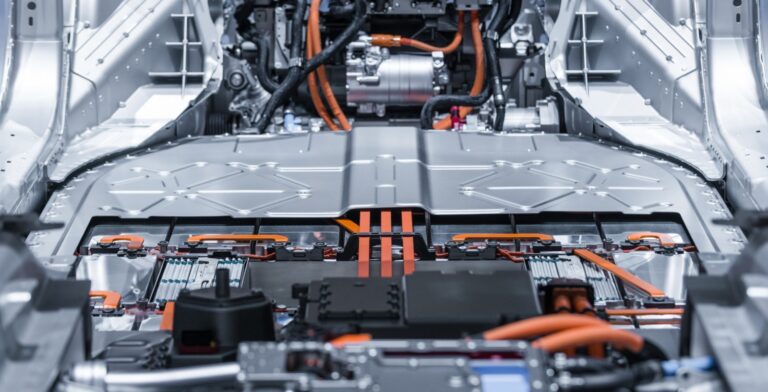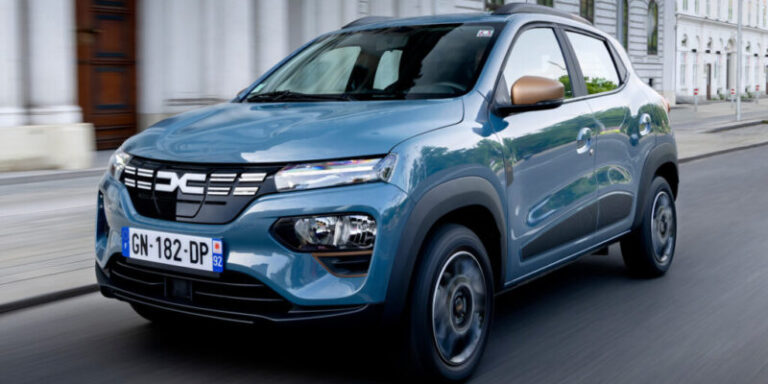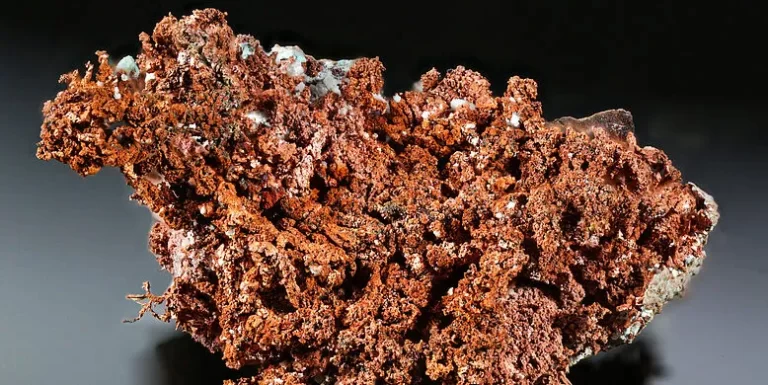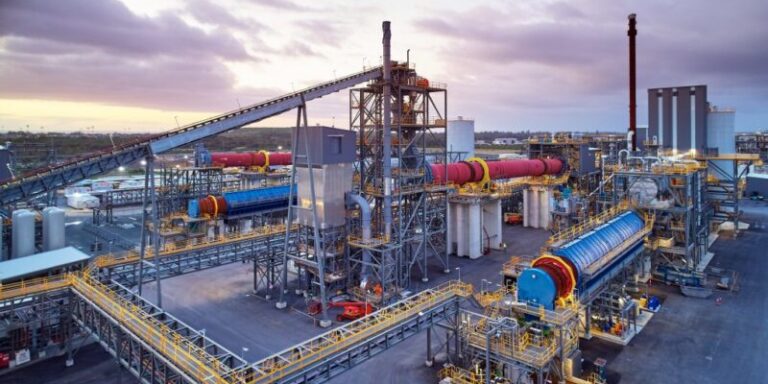
As the global energy system transitions into the “Age of Electricity,” the International Energy Agency (IEA) has underscored Africa’s vital role in supplying the critical minerals essential for the electrification of energy services, previously dominated by fossil fuels.
In the recently released ‘World Energy Outlook 2024’ report, IEA Executive Director Fatih Birol emphasized that the future of the global energy system is electric.
“We’ve witnessed the Age of Coal and the Age of Oil, and we’re now moving rapidly into the Age of Electricity, which will define the global energy landscape moving forward and increasingly rely on clean electricity sources,” Birol stated.
The report reveals that global electricity demand is currently growing at twice the rate of overall energy demand and is expected to accelerate further, adding an amount equivalent to Japan’s annual electricity consumption to global use each year under current policy settings.
Additionally, low-emissions electricity sources are projected to generate more than half of the world’s electricity by 2030, with demand for coal, oil, and gas anticipated to peak by the decade’s end.
Although there is uncertainty regarding the growth of electric vehicles (EVs), which currently account for about 20% of new car sales worldwide, an increase to 50% by 2030 could displace around six million barrels per day of oil demand.
Conversely, if the market share of electric cars grows more slowly, remaining below 40% by the end of the decade, this could add 1.2 million barrels per day to projected oil demand in 2030, albeit with a visible flattening of the global trajectory.
For the clean electricity supply to maintain its rapid growth, the report emphasizes the need for significant investment in electricity grids and energy storage.
“Currently, for every dollar spent on renewable power, 60 cents are allocated to grids and storage, underscoring the necessity of supporting infrastructure, which is not keeping pace with clean energy transitions,” the report notes. “Secure decarbonization of the electricity sector requires that investment in grids and storage outpace clean generation, aiming for a balanced investment ratio of 1:1.”
The report also confirms that there is sufficient clean energy manufacturing capacity to facilitate a quicker transition to cleaner electricity sources such as solar photovoltaic (PV) and wind. However, the IEA advocates for diversifying supply chains, especially for critical minerals.
While potential supply deficits, excluding recycling, for minerals like copper, lithium, nickel, and cobalt through 2035 are not deemed a binding constraint on the growth of renewables, battery storage, and electric vehicles, the IEA still identifies risks.
Africa already plays a key role in the global critical minerals mining sector, accounting for 70% of global cobalt production and 16% of copper production.
In 2022, mining and extractive industries contributed over 30% of total exports in 23 African countries, generating approximately $20 billion in revenue annually across the continent.
Leading producers of critical minerals include the Democratic Republic of Congo, South Africa, Zimbabwe, and Mozambique, with several other countries also contributing.
After a decline, spending on critical mineral exploration in Africa is rebounding, and new projects are expected to increase the continent’s share of copper, lithium, and natural graphite production by 2030.
To support the existing mining project pipeline, the report indicates that at least $1.3 billion in cumulative capital investment will be required by 2040, potentially rising to around $1.8 billion if projects in earlier development stages seeking financing or permits are included. Additional investment will also be necessary to enhance related infrastructure, such as ports.
The report highlights that investors are increasingly prioritizing environmental, social, and governance improvements, particularly in addressing issues like child labor.





